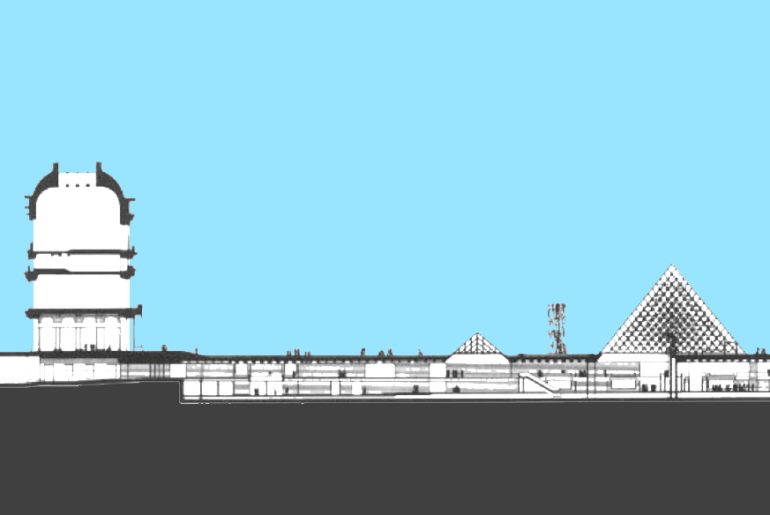Nowadays, urban life has become a very practical way of living in a world where the city is the center of many emerging activities. It is very clear that urbanization is a major phenomenon in the world; cities are becoming overpopulated and the amount of constructible terrain is decreasing. As a result, cities are spreading to the peripheries becoming more difficult to manage.

Facing the problem of urban sprawl, densification of the urban fabric is necessary to be able to continue the process of cities development. On the other hand, the number of built areas that falls under preservation is increasing exponentially. Considering the lack of constructible terrain inside the city, this has lead us to a very interesting dichotomy where, on one side, progress asks for modernization and on the other side we freeze in context because of preservation.

It’s in the same logic that the underground space presents itself as an alternative for the extension of cities and possibly as a solution to solve this conflict/paradoxical dynamic. It is now the time to go beyond the idea of the underground space reserved only for tunnels, pipes and transportation networks and consider it as a dimension for possible extension of existing buildings in the direction of the depth.
This possibility seems to offer two advantages from the outset: it makes it possible to take advantage of the space available under the surface of existing buildings helping to increase the compactness of cities consuming less peripheral space. It also contributes in preserving listed buildings with heritage value on the surface by burrowing and developing under their masses without mitigating their presence on top.
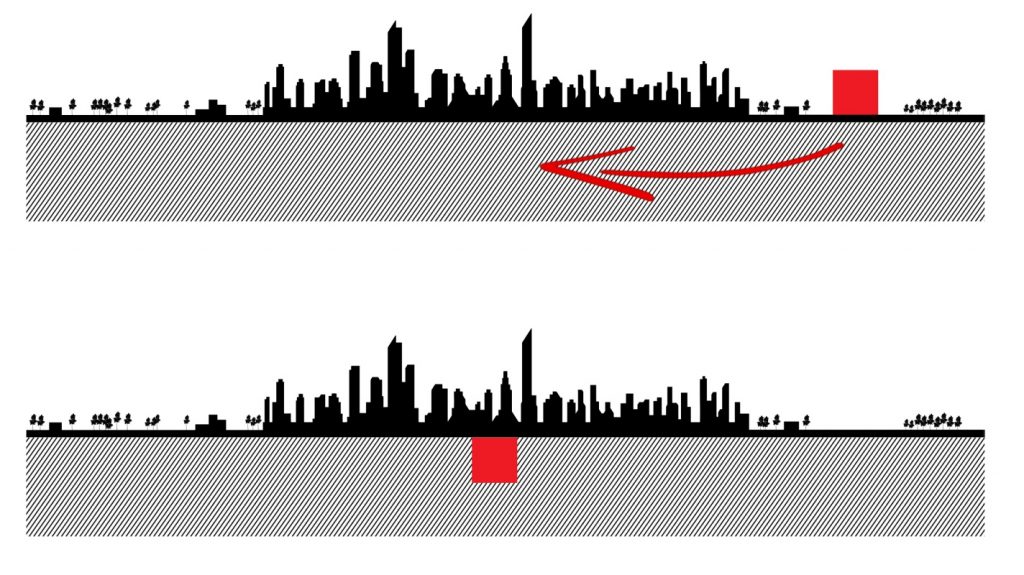
In the recent years, the rapid evolution of engineering on the technical and structural scale proved to be able to keep up with the pace of the evolution architect’s visions, which will further facilitate extending under existing buildings. Thus, digging under an existing building is no longer the complex task that we’ve known before, but has become a common practice or even a trend in some countries.
After going through many references of this type of architecture around the globe, we’ve been able to identify 6 different modes of extension of an existing building under the ground.
Here we share with you these different modes/processes along with some of these references.
1. Full imprint
This method consists of using the total area under the surface of the existing building for its extension.
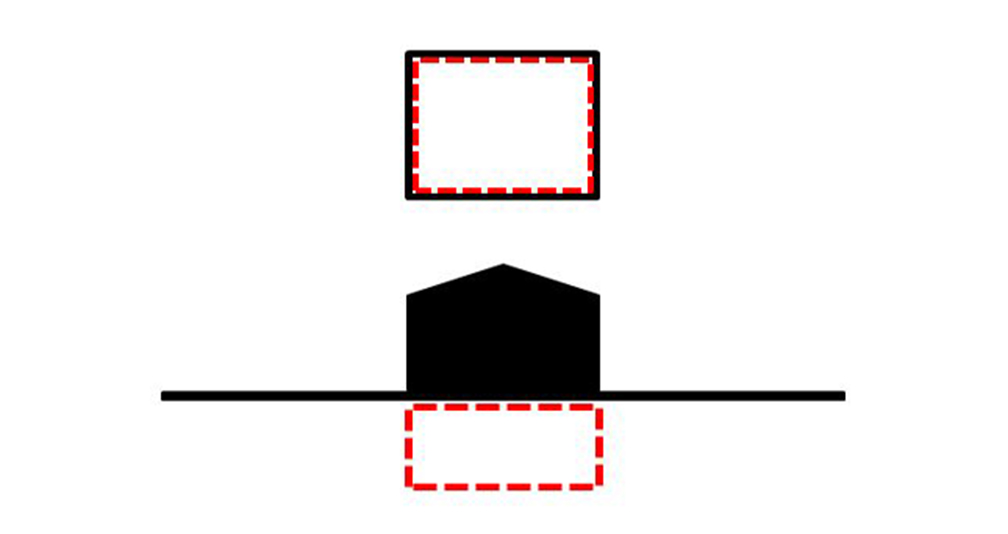
One of the most interesting projects where this method was used is the Caixa Forum in Madrid by Architects Herzog & De Meuron where they extended the existing old factory building in both directions; up and down using every square meter under its imprint.

2. Partial imprint
Partially using the area under the surface of the existing building for the extension.
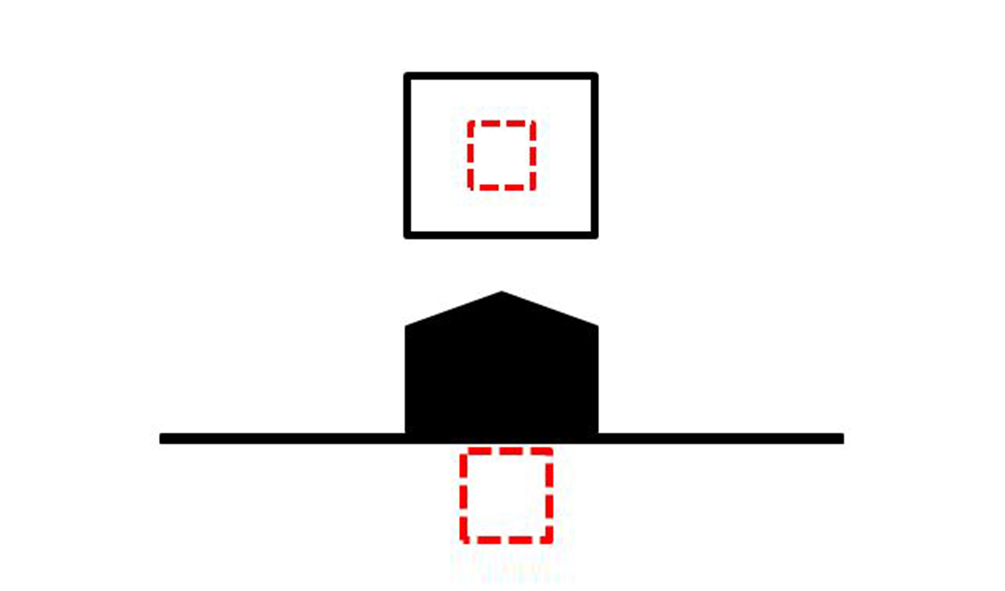
This method was used by Architect Smiljan Radic for extending the program of the Chilean museum of Pre-Colombian art.
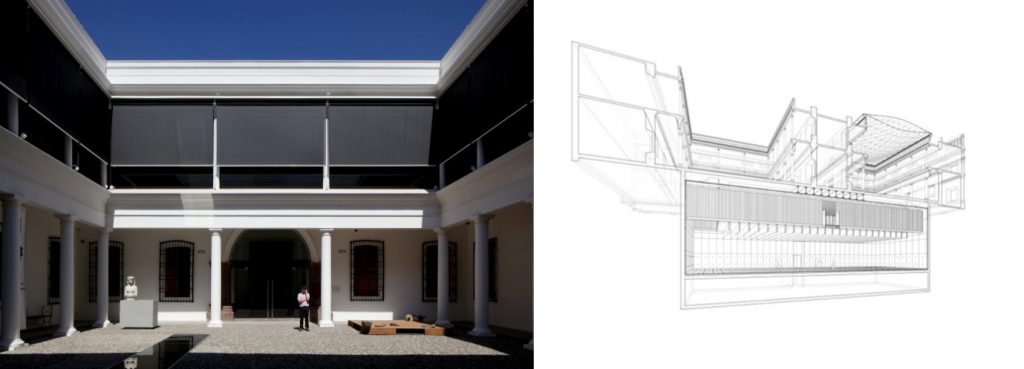
3. Juxtaposition
Take advantage of the arqea if it exists next to the existing building for the extension without digging under the building itself.
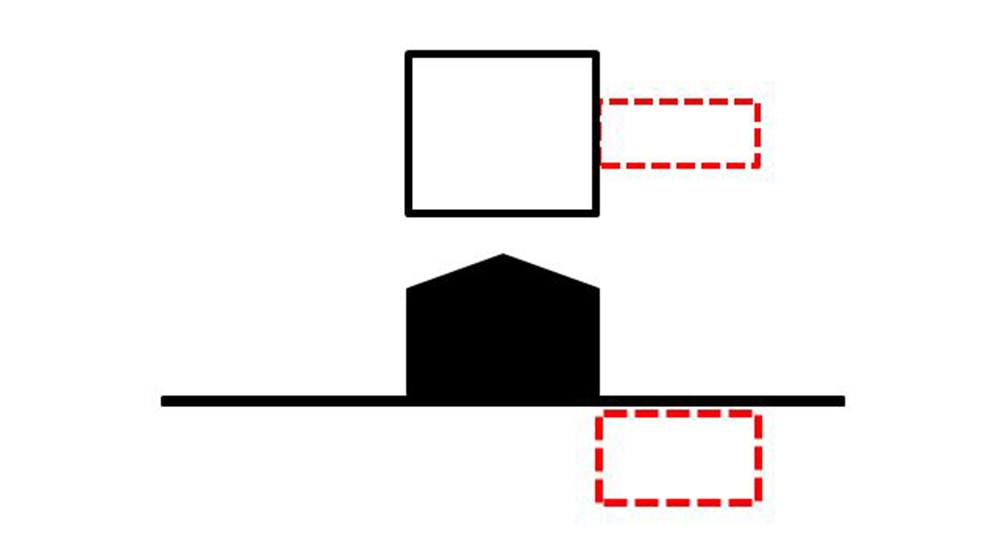
This is a good way to extend a building underground while keeping some open space that can be useful for other activities. Cleaa Claudio Lucchin Architects used this extension method for the extension of the Hanna Arendt School in Italy.
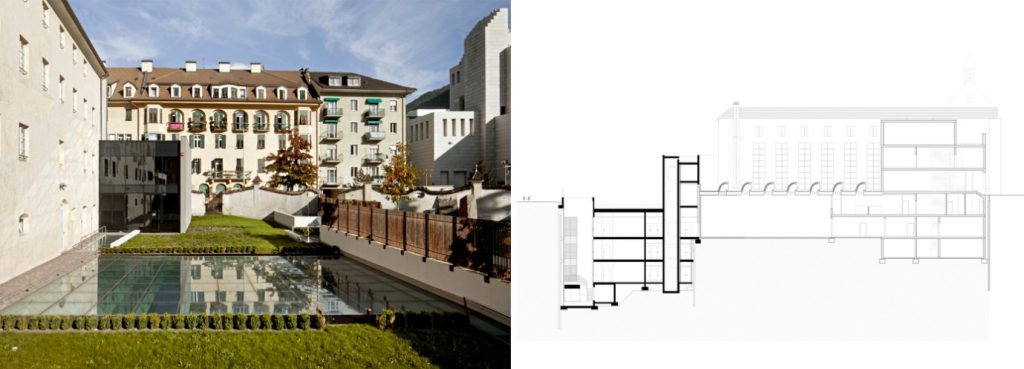
4. Inside-out
This method consists of digging a volume partially under the existing building and expanding it out of the imprint of the building on the ground.
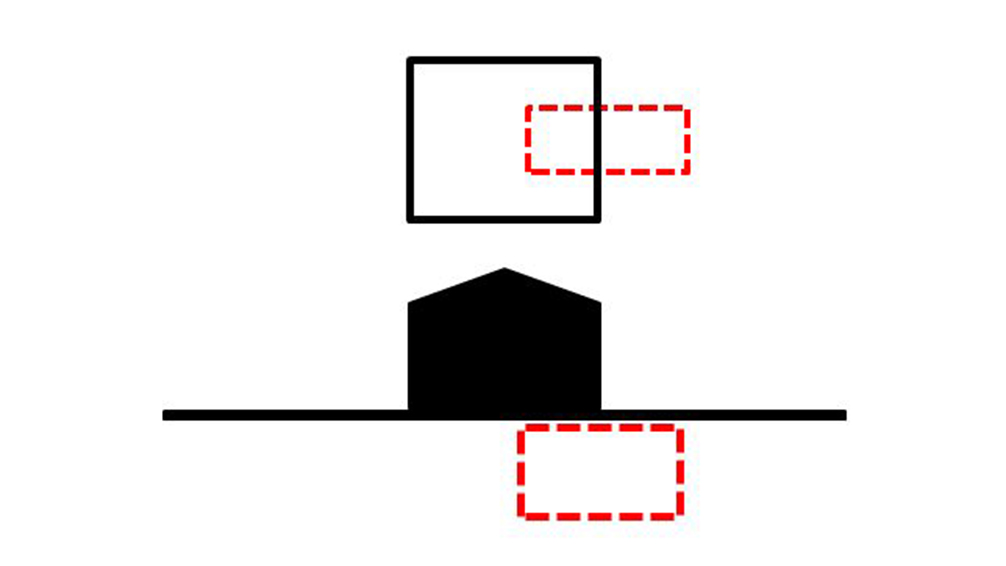
This method is very convenient when trying to link two separate buildings. It was used by Nieto Sobejano Architects & eep architekten for the Joanneum museum extension in Austria where they built under the surface of the plaza linking the two museum existing buildings.
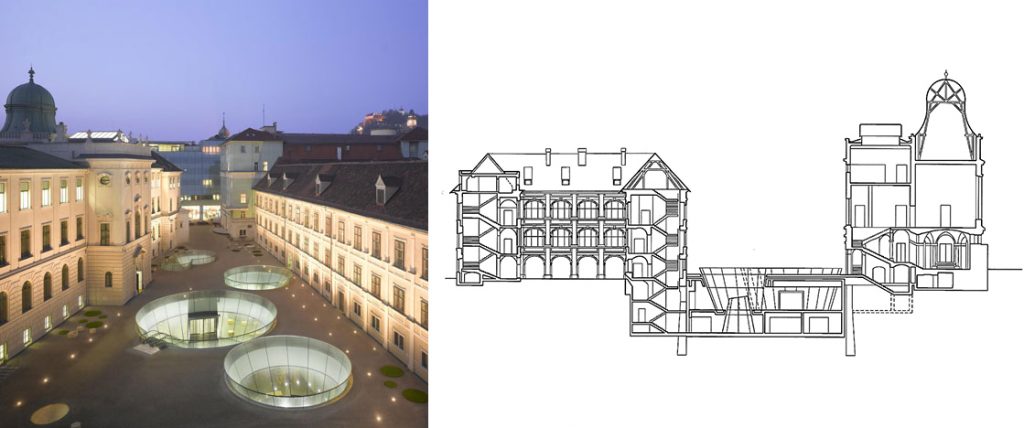
5. All Around
The idea behind this method is to dig around the existing building without going under its imprint on the ground which means less intervention on its structure.
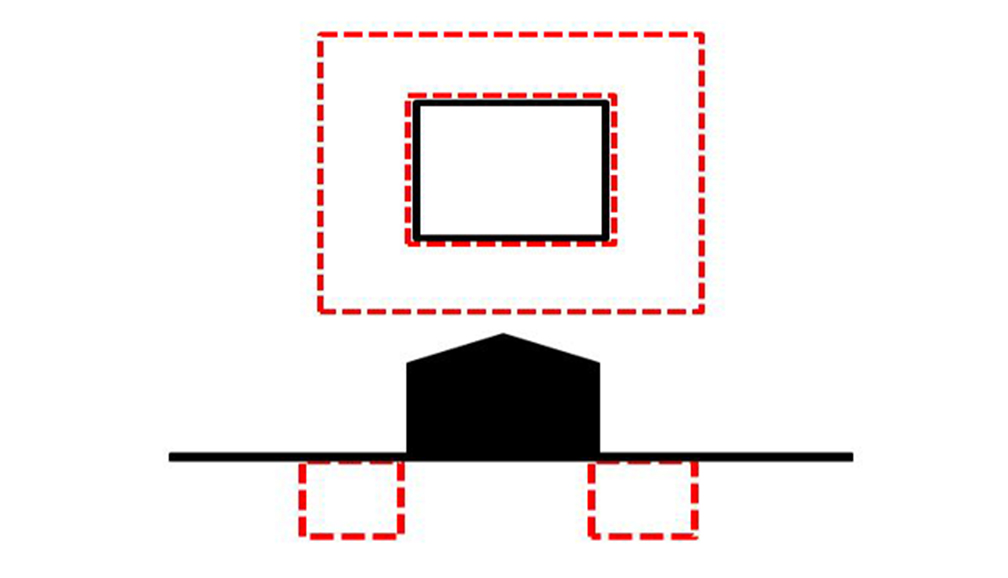
One of the most known projects that used this method was the the museum & memorial of the 11 September events in New York by Snohetta, Davis Brady Bond and Studio Daniel Liebskind which was built around the imprint of the remains of two Trade Center towers.
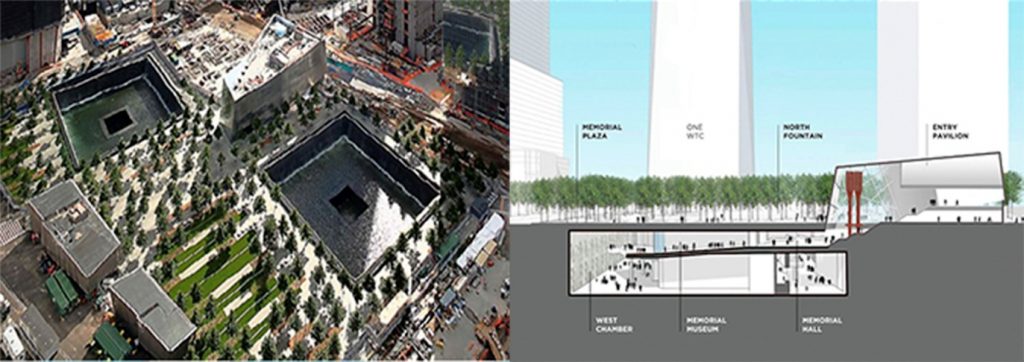
6. Full Expansion
Using all the space that exists under the surface of the building but also under the area that surround it. This method combines all the other modes of underground extension of existing buildings.
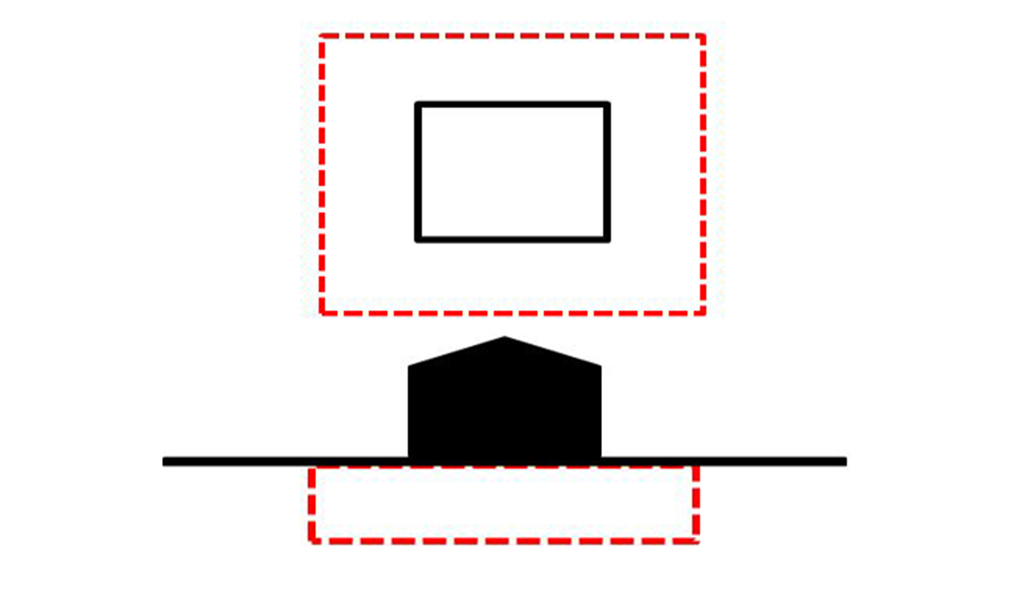
Dominique Perrault, one of the most know architects for building underground structures, used this method for the Saint Leger Conference Center in France. The project is a reconversion of an old “Chateau” considered as UNESCO heritage, digging under the old buildings imprint while extending its foundation and expanding around it under the ground.


Waddah Dridi is a Tunisian architecture student in the National School of Architecture & Urbanism of Tunis (ENAU). Driven by curiosity and passionate about the multitude of scales in architecture, his approach is to freely experiment with the design possibilities in order to figure the perfect correlation involving all the parameters.


